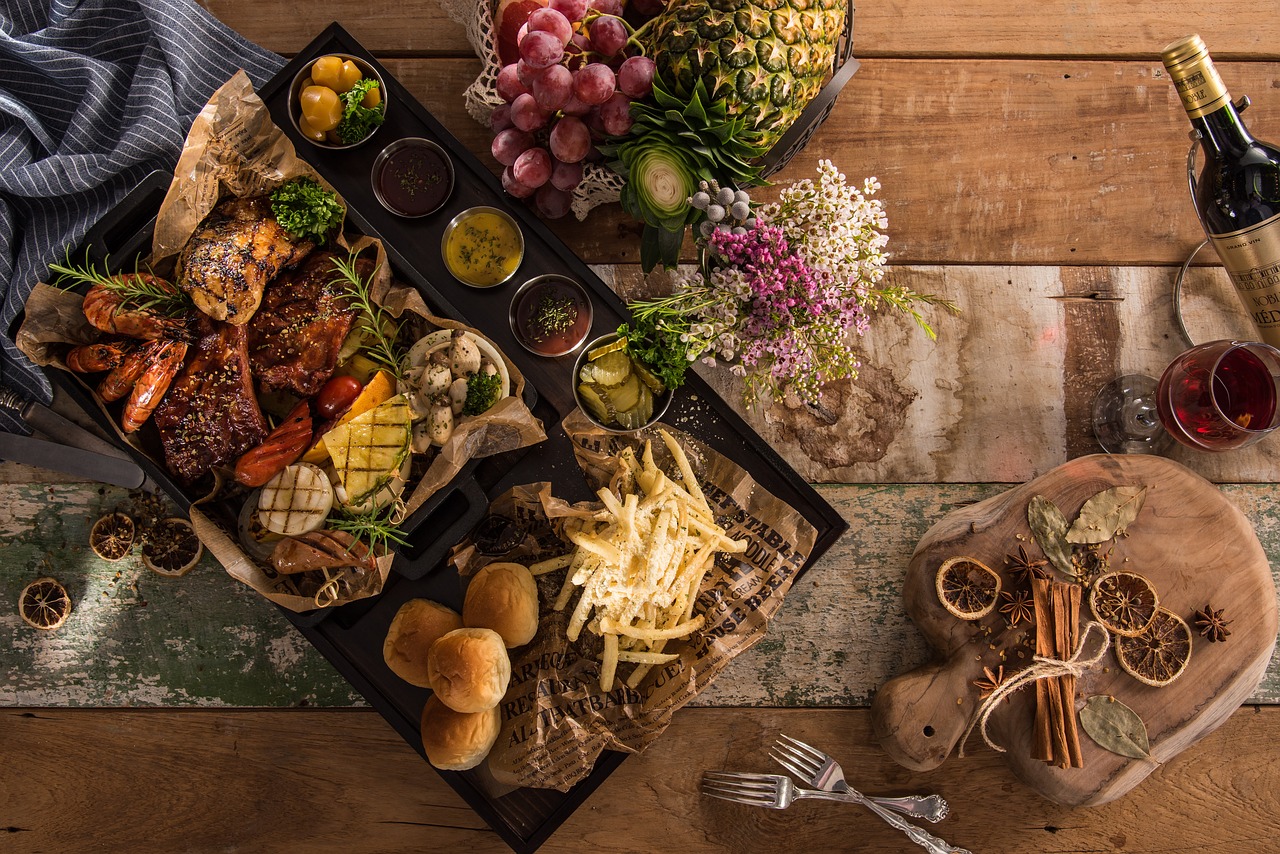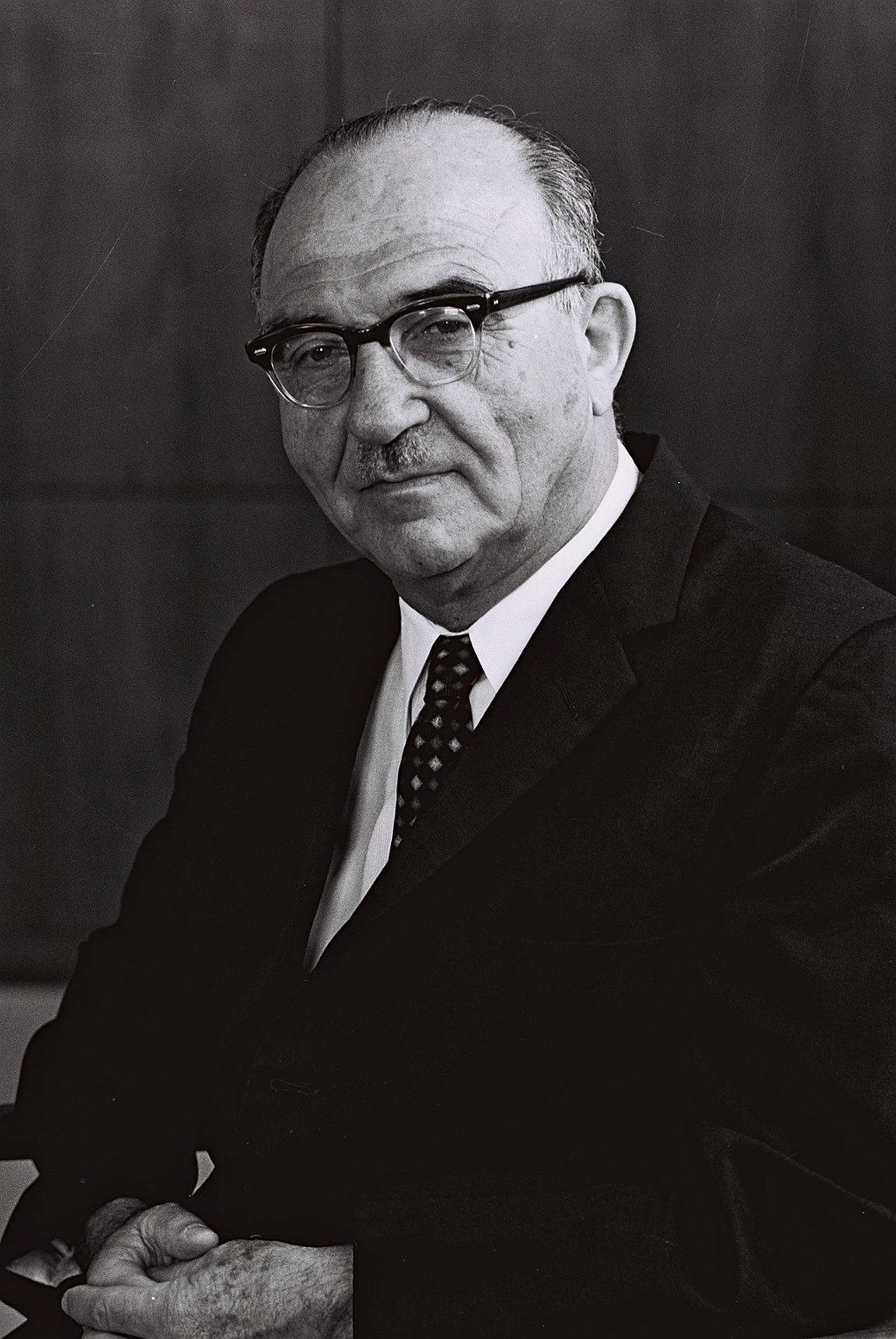The Middle East is a region with a rich and diverse culinary heritage, where food not only sustains but also serves as a significant cultural marker. Among the many shared culinary traditions in the region, the foods of Israelis and Palestinians offer a unique perspective on the potential for cultural overlap and dialogue. Despite the political tensions and conflict that have divided the two peoples for decades, their shared love for certain foods reveals deep-rooted connections that transcend borders and ideologies.
From hummus and falafel to dishes like shakshuka and baklava, Israeli and Palestinian cuisines share a wealth of similarities. These shared culinary traditions reflect the intertwined histories of the two communities, dating back centuries to when Jews, Arabs, and Christians lived together in the Levant under the Ottoman Empire. While political and cultural divisions have intensified over time, food offers a possible avenue for fostering understanding, bridging divides, and potentially even contributing to peace-building efforts.
Hummus: A Dish of Identity and Unity
Perhaps no dish is more emblematic of the shared culinary traditions between Palestinians and Israelis than hummus. This creamy blend of chickpeas, tahini, lemon, and garlic has become a staple of both cuisines and is enjoyed widely across the region. While the origins of hummus are debated, both Israelis and Palestinians claim it as an integral part of their national identity.
For Israelis, hummus has become a symbol of the modern Israeli diet, with hummus bars dotting every corner of the country. Meanwhile, for Palestinians, hummus is tied to their agricultural heritage and the land, as chickpeas are a traditional crop cultivated for centuries. This shared connection to hummus highlights the deep agricultural and culinary ties that both peoples have to the land they inhabit.
While debates over the “true” origins of hummus continue, many chefs and food enthusiasts see the dish as an opportunity for dialogue. Numerous cross-cultural initiatives have emerged in which Israeli and Palestinian chefs come together to collaborate on food events, using hummus as a medium for breaking down cultural barriers and fostering conversations about identity, history, and coexistence. These efforts demonstrate how food can be a neutral ground for connecting people, offering a path toward greater mutual understanding.
Falafel: A Shared Street Food
Another iconic dish that holds significance for both Palestinians and Israelis is falafel. These deep-fried chickpea or fava bean patties are enjoyed as street food across the region, often served in pita bread with salad, tahini, and pickles. Falafel, like hummus, has become a national dish in Israel, yet its roots are shared with Palestinians and other neighboring Arab countries.
The popularity of falafel transcends political divisions, with vendors on both sides of the conflict offering their own versions of the dish. While Israelis celebrate falafel as a representation of their street food culture, Palestinians see it as a traditional dish with connections to their history and land. Interestingly, both communities take pride in their version of falafel, which showcases the ways in which culinary traditions can be both a source of cultural pride and a point of convergence.
Joint food festivals and culinary tours, where both Israeli and Palestinian vendors participate, have allowed people to taste and appreciate the culinary expertise on both sides. These events offer a space for celebrating shared culinary heritage and are an example of how food can serve as a tool for peace-building, encouraging dialogue and cooperation between Israelis and Palestinians.
Shakshuka: A Breakfast Favorite
Shakshuka, a dish made of poached eggs in a tomato, chili, and bell pepper sauce, is another example of a meal shared by both Palestinians and Israelis. It is believed to have originated in North Africa but became widely popular across the Levant and Israel. In Israel, shakshuka is a beloved breakfast dish, enjoyed in both homes and cafes, and it has become a symbol of Israeli cuisine. Meanwhile, in Palestinian households, shakshuka is prepared with variations that often include local herbs and spices.
This simple yet flavorful dish illustrates how culinary traditions can cross cultural and political boundaries, bringing people together around a shared table. Shakshuka is often served in large communal pans, encouraging social interaction and conversation. The communal nature of this dish aligns with the shared values of hospitality and togetherness that are deeply ingrained in both Israeli and Palestinian cultures.
In recent years, Israeli and Palestinian chefs have collaborated on culinary projects, where shakshuka has often featured as a dish of choice due to its popularity in both communities. These joint efforts highlight the potential for food to foster collaboration and understanding, even in a region marked by deep political divisions.
The Role of Food in Peace-Building
Food has always had the power to bring people together, and in the context of the Israeli-Palestinian conflict, shared culinary traditions offer a unique opportunity for fostering peace. While political negotiations often become mired in disagreements and impasses, cultural exchanges around food can provide an alternative avenue for dialogue and understanding. Food, as a universal language, allows people to connect on a personal level, regardless of their political or national affiliations.
Several peace-building initiatives have used food as a way to encourage dialogue between Israelis and Palestinians. For example, the organization "Chefs for Peace" brings together Israeli and Palestinian chefs to collaborate on culinary events, emphasizing the shared heritage of the region's cuisine. These events showcase how food can transcend conflict, serving as a medium for building trust, breaking down stereotypes, and highlighting the commonalities between people.
By focusing on shared culinary traditions, such initiatives also challenge the often polarized narratives that dominate the Israeli-Palestinian conflict. Instead of viewing one another as adversaries, Israelis and Palestinians who participate in these projects have the opportunity to see each other as collaborators in a shared cultural history. Through food, they can celebrate the richness of their collective heritage while also recognizing their distinct identities.
Challenges and Opportunities
While shared culinary traditions offer opportunities for dialogue and cooperation, there are also challenges to using food as a path to peace. For some, the appropriation of certain dishes has been a point of contention, with Palestinians accusing Israelis of claiming traditional Palestinian foods as their own. These debates reflect the broader political and cultural tensions that exist between the two communities, where issues of identity and ownership are deeply contested.
However, despite these challenges, there are many who believe that food can play a positive role in fostering peace. The act of cooking and eating together provides a space for people to engage in conversations that might otherwise be difficult to have. Shared meals create opportunities for personal connections, helping to humanize the "other" and build empathy. In this way, food can serve as a bridge between Israelis and Palestinians, helping to create the conditions necessary for a more peaceful future.
Conclusion: Culinary Traditions as a Path to Understanding
In a region marked by conflict and division, shared culinary traditions between Palestinians and Israelis offer a unique and powerful opportunity for building bridges. From hummus and falafel to shakshuka and other beloved dishes, food reveals the deep cultural connections that exist between the two peoples. While political disagreements persist, the shared enjoyment of these dishes provides a common ground on which to build understanding, empathy, and cooperation.
Through culinary initiatives, food festivals, and collaborative projects, Israelis and Palestinians have already begun to explore the potential of food as a tool for peace-building. While the road to peace remains long and complex, these efforts demonstrate that even in the midst of conflict, there are opportunities for dialogue and connection. Food, as a symbol of both cultural identity and unity, offers a hopeful path toward greater understanding and, perhaps, a more peaceful future.



